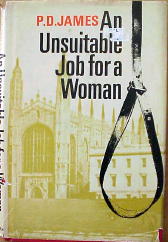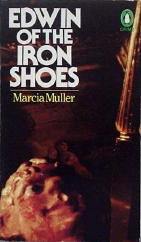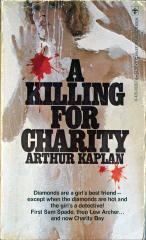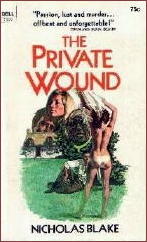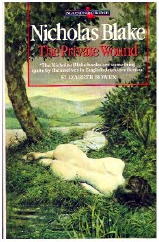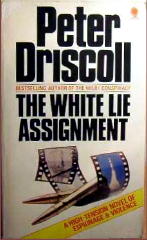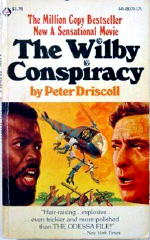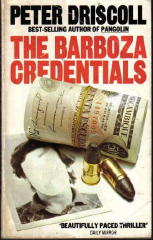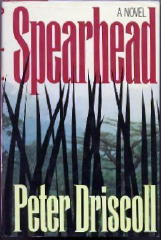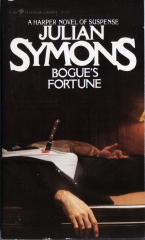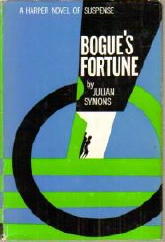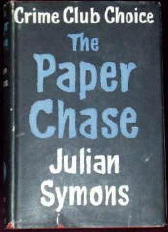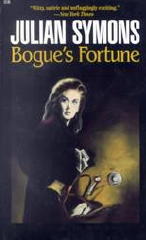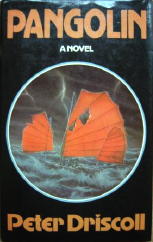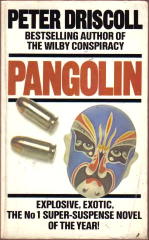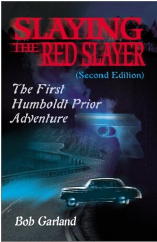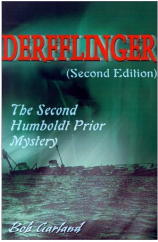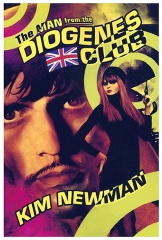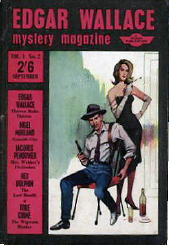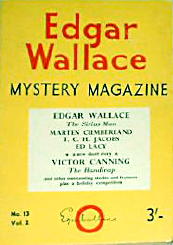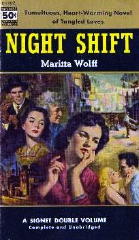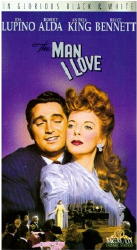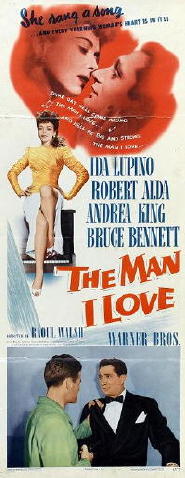Sun 15 Jun 2008
Archived Review: NICHOLAS BLAKE – Thou Shell of Death.
Posted by Steve under Authors , Characters , Reviews[14] Comments
NICHOLAS BLAKE – Thou Shell of Death.
Berkley F1002; paperback reprint, 1964. Hardcover first edition: Collins Crime Club (UK), 1936. US hardcover first edition: Harper & Brothers, 1936, as Shell of Death. [Reprinted in The Nicholas Blake Treasury (Volume 1), Nelson Doubleday, 1964, containing: Thou Shell of Death; The Beast Must Die; and The Corpse in the Snowman.] Other US paperbacks: Penguin, US, 1944, as Shell of Death; Perennial, US, 1977, as Thou Shell of Death.
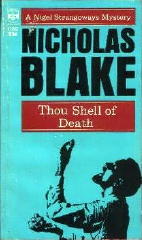
Even though they have the same author — Nicholas Blake — what a night and day difference there is between this book and the previous one by him, reported on here. This is the second mystery Blake wrote — the first was A Question of Proof — and it’s the second appearance of Nigel Strangeways as well.
The conventions of the Golden Age of Detection are very much evident in this earlier book — complete with anonymous threatening letters, a call for assistance from the recipient, an aging but still engaging ex-flying hero of the previous war, a house party at Christmas time with all of the possible suspects in attendance.
And then death strikes. Is it suicide? Only one set of footprints are found in the snow leading to the small hut where Fergus O’Brien’s body is found.
Or is it murder? Strangeways’ deductions soon answer the question in positive fashion, solving as he does the “locked room” aspect of the case in quick order. By that I mean by page 72, out of a total of 192. (Paperbacks were thin and the print was small, back in 1964.)
But I digress. More mysterious doings occur, all of them complicating the mystery even more, rather than clearing them up at all. It is all rather fascinating and interesting and static until (a) Nigel takes a quick trip to Ireland to uncover some facts about the past, and (b) he returns to Dower House only to find himself falling in love with one of the possible suspects, regretting greatly that his prior hypotheses made her one of the primary ones, in the eyes of Scotland Yard.
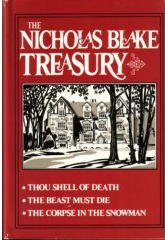
As a detective, Nigel himself seems to be only an amateur, in the finest sense of the word. He is called upon in this instance due to the fact that his uncle, Sir John Strangeways, is an Assistant-Commissioner of Police. This allows the dilettantish Nigel to conduct his investigations with the full cooperation of the authorities, if not their down-right awe and admiration.
I’m not sure that dilettante is precisely the right word. From the Internet comes the following definition: a dabbler: an amateur who engages in an activity without serious intentions and who pretends to have knowledge. Nigel Strangeways is serious all right, and he puts the pieces of the puzzle in excellent fashion.
If the early Ellery Queen took after Philo Vance, then I believe that Nigel Strangeways follows in the same footsteps as that very same Ellery Queen, whether directly or in parallel — I have no way of knowing whether Cecil Day-Lewis ever read any of the Queenian adventures or not, but they’re cut from the same cloth, no doubt about it.
As for the case in hand, inspired by a 17th century work by a playwright not previously known to me, Cyril Tourneur, who published The Revenger’s Tragedy in 1607. [NOTE: See Al Guthrie’s comment.] The title of Blake’s work, Thou Shell of Death, comes from a direct quote, which I dare not repeat, for fear of, um, forsooth, revealing too much.
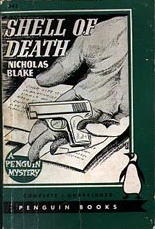
It takes Nigel the entire last chapter, eighteen pages (small print), to untangle all of the twisted threads of the plot, remarking once on a remarkable (well, yes) coincidence that made the killer’s plan succeed the way that it did, not mentioning the much huger one that initiated the entire sequence of events in the first place.
That, plus the entire sheer unlikelihood of anyone plotting such a strikingly complex, ingenious, and therefore inept scheme in the second place — well, that’s simply the joy of author trying to outwit reader that makes the reading — and the challenge — all the more pleasurable.
Blake’s own career, as seen by the earlier post on this blog, eventually went in other directions, as did Ellery Queen’s in tandem. But which kind of story was better, and which are they better known for today? You tell me.
—
